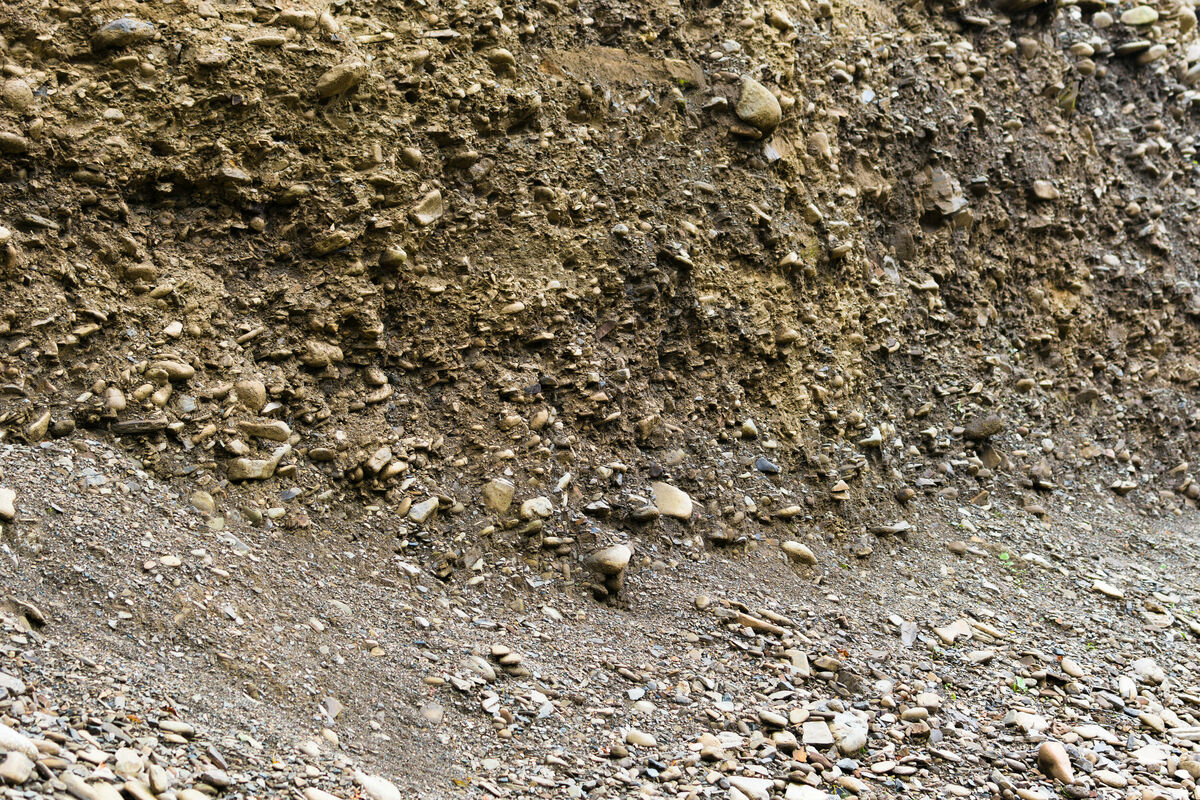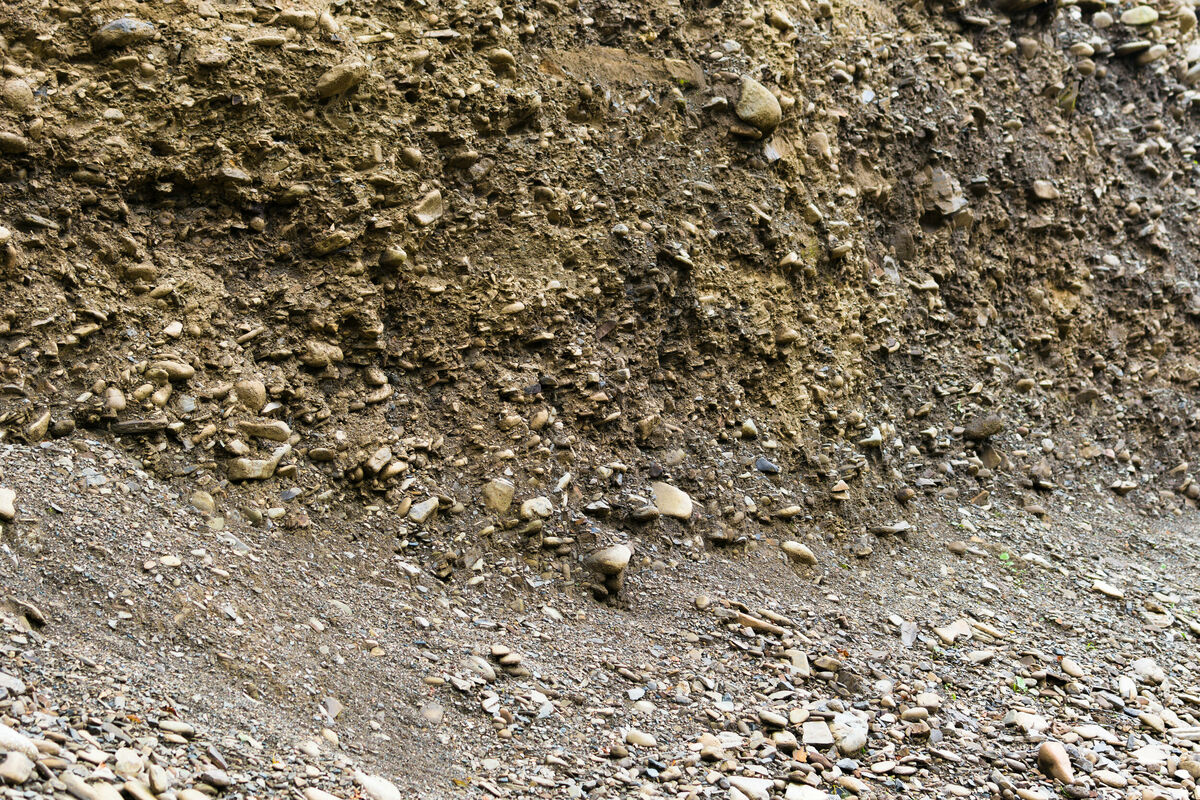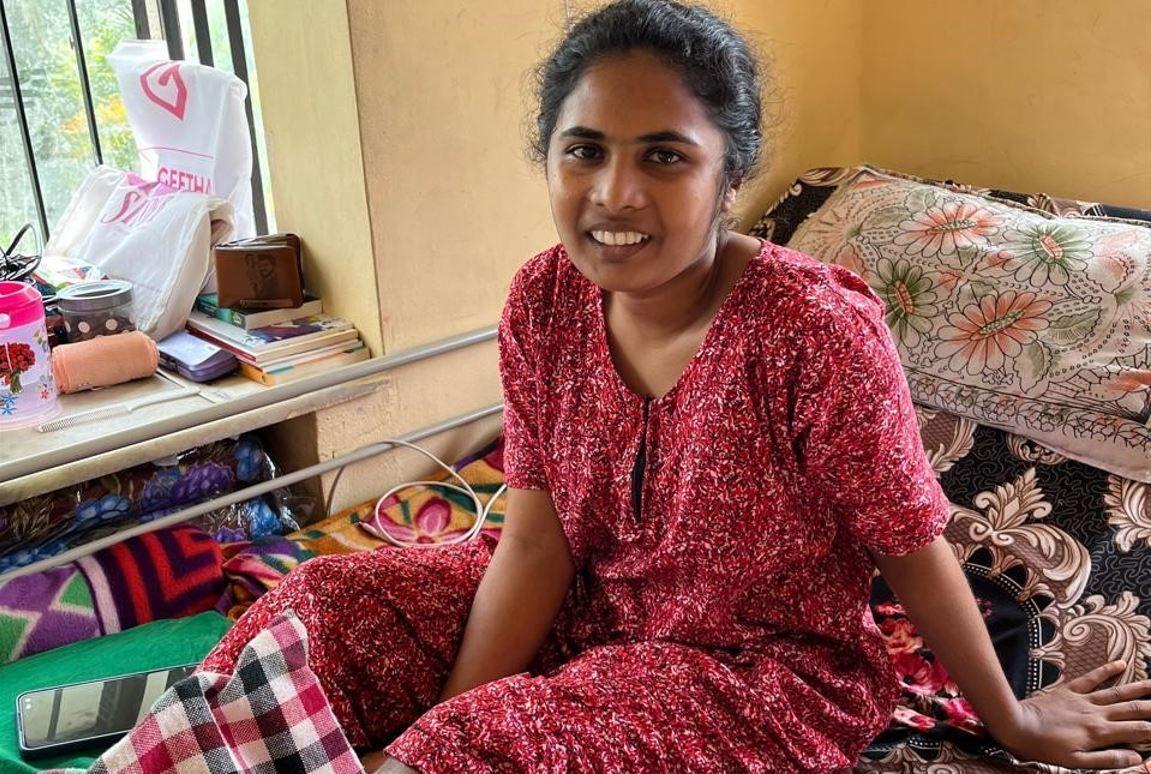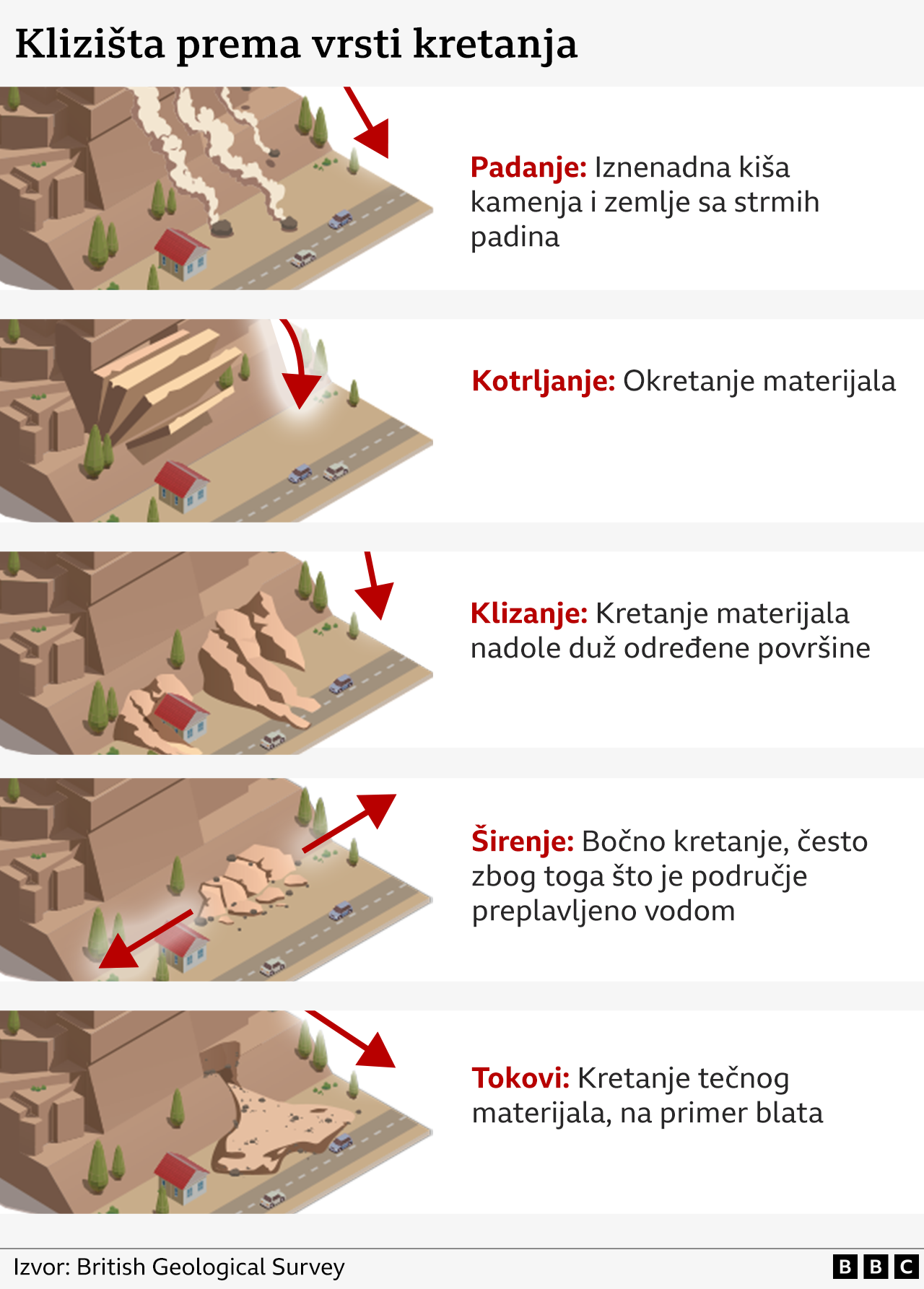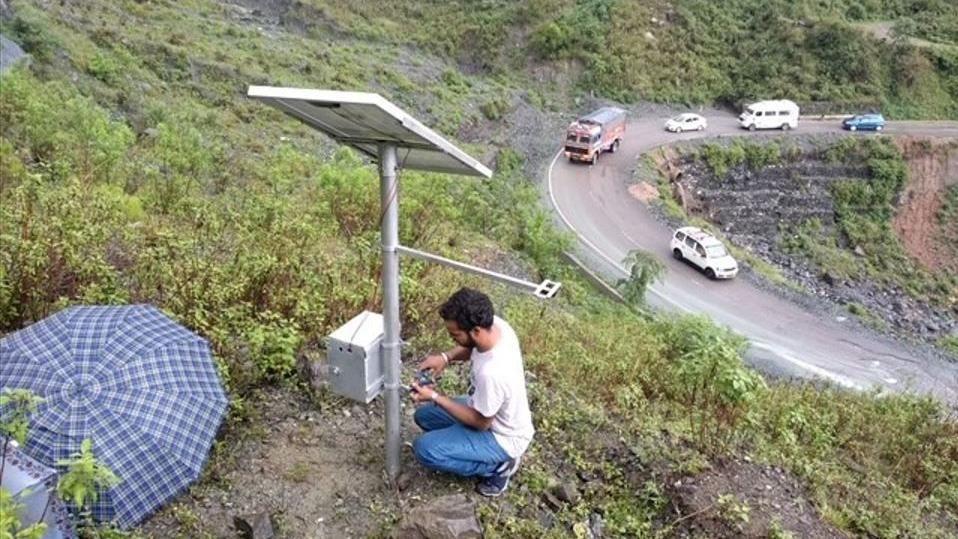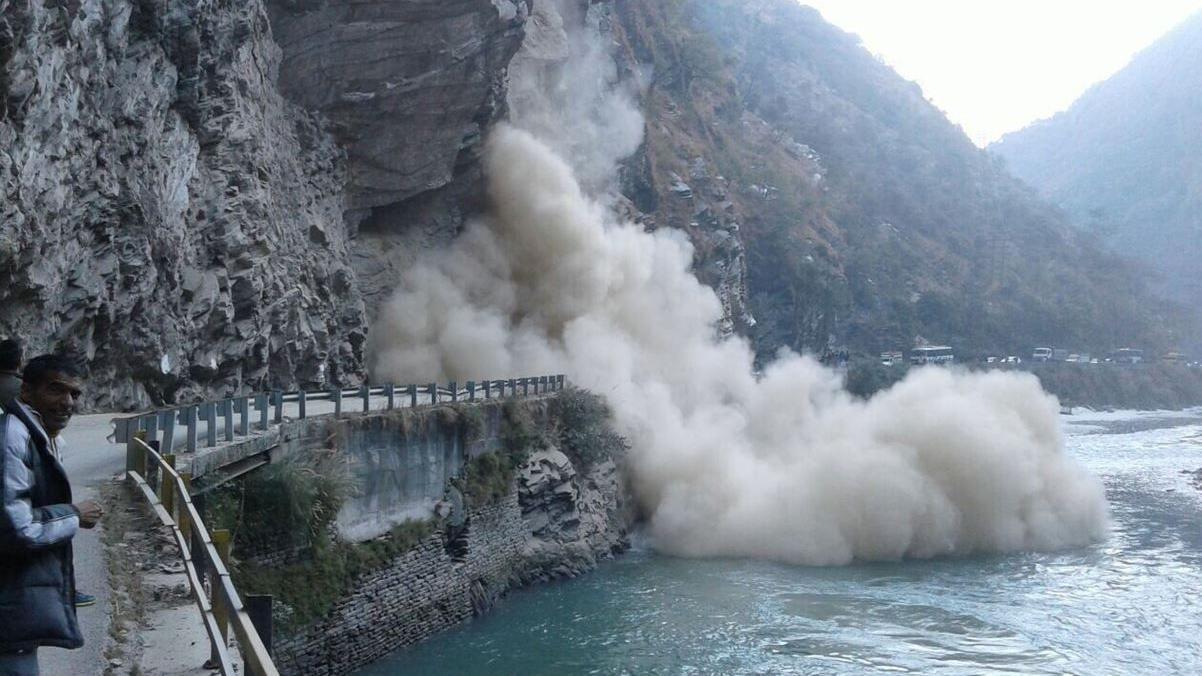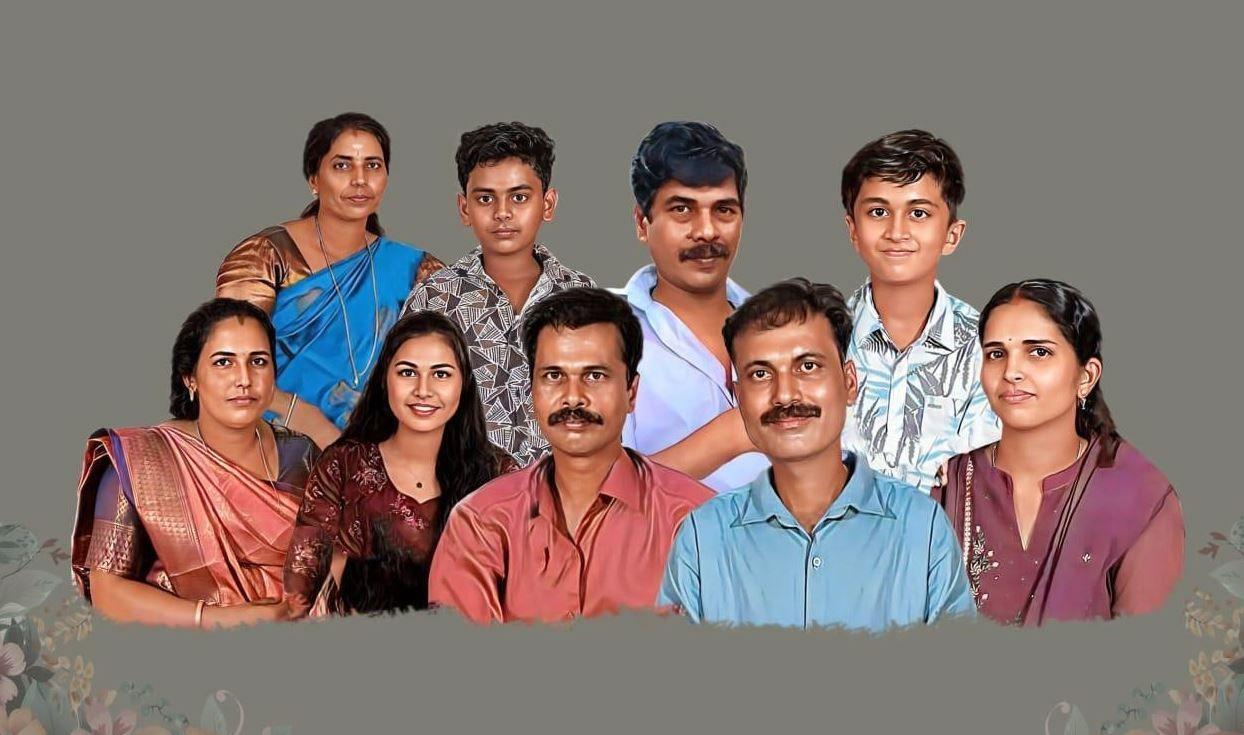The Disaster That Kills Thousands and Destroys Billions: Can New Technology Save Villages from Landslides?
Every year, thousands of people worldwide lose their lives due to landslides, and the damage to property runs into billions of dollars. In India’s Kerala state, young Shruti lost nine family members in one night when a mudslide buried her village. Her story is not unique – landslides are a natural disaster affecting many countries, and scientists are fighting to find a solution.
Why Are Landslides So Dangerous?
Landslides occur when slopes can no longer resist gravity and external triggers like heavy rains or earthquakes. Material such as soil, rocks, and debris moves down the slope, often suddenly, destroying everything in its path. Each year, about 5,000 landslides are triggered by heavy rainfall, and earthquakes cause another 1,500. According to the World Health Organization, between 1998 and 2017, landslides caused 18,000 deaths and affected nearly 5 million people.
Is It Possible to Predict Landslides?
Scientists use early warning systems that monitor temperature, humidity, light intensity, and rainfall. One pioneer is Kala Venkat from the Indian Institute of Technology, who developed a device costing just $3,000 that can predict landslides at least an hour in advance with 99.8% accuracy. This system uses artificial intelligence and machine learning and is already installed at over 60 sites.
But It’s Not That Simple…
Despite technological advances, the nature of landslides is unpredictable. Sometimes ground movement speeds up, then slows down, and sometimes the landslide occurs far from where the initial movement was detected. In Norway, people were evacuated 18 times before a landslide finally hit Mount Manen. Also, many countries lack resources to build protective barriers or evacuate people in time.
Hong Kong’s Example: How to Reduce Deaths?
Hong Kong introduced an early warning system and a network of sensors monitoring slopes and rainfall. Since the mid-1980s, there have been no reported deaths from landslides there. This shows it’s possible to reduce disasters, but it requires serious investment and organization.
Shruti’s Loss and Hope for the Future
Shruti lost everything – family, home, school, village. Her tragedy is a warning not to underestimate the dangers of landslides. Scientists hope technology will one day save lives and prevent such disasters. Until then, we must learn, invest, and be prepared.
Is This New Technology a Savior for Villages or Just an Expensive Illusion?
Technology promises a lot, but nature is unpredictable and often brutal. Will we manage to tame it before it surprises us again? Or will we keep losing lives and property? Share your thoughts – do you believe in science’s power to save us from landslides, or is it just a dream?**





